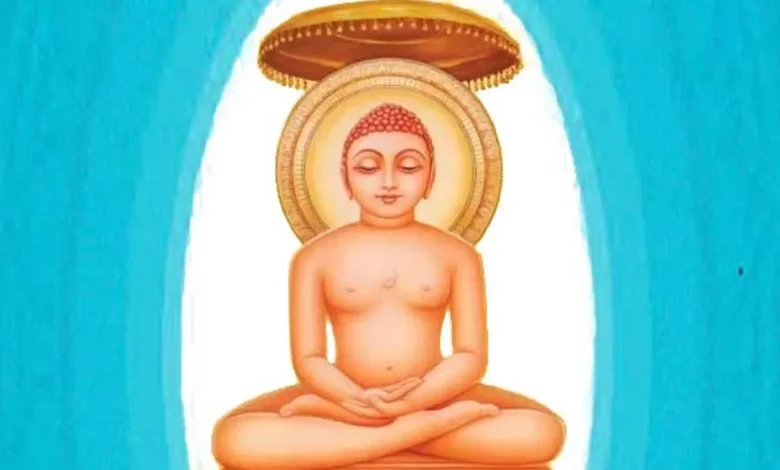
Jainism is a religion centered on austerity, where the path of non-violence, non-possessiveness, and self-purification is considered paramount. In this faith, monks and nuns embody the highest ideals of restraint and renunciation. They forsake worldly pleasures and possessions, living solely for the goal of spiritual liberation. Jain monks and nuns do not gather food for themselves but sustain their lives through Gochari.
The Meaning of Gochari
The term ‘Gochari’ is derived from the Sanskrit words ‘Gau’ (cow) and ‘Char’ (to graze). Just as a cow does not stay in one place but grazes in different locations, Jain monks and nuns do not accept food from a single place or person. Instead, they collect alms from a limited number of households. This practice is called Gochari Orana.
Additionally, just as a cow does not look at the beautiful maiden who brings the grass and consumes whatever fodder is available, a monk also does not pay attention to the appearance, attire, or decoration of the person serving or the place. They do not concern themselves with whether the food is dry or wet. Whatever food they receive, they accept as it is. Thus, the process of seeking alms resembles a cow grazing, which is why it is called Gochar or Gaveshana.
The Rules of Gochari
Monks and nuns take food through Gochari only to nourish their bodies. They have no expectations regarding taste, preference, or quantity. Gochari is not a means of livelihood or a demand but a part of self-restraint and austerity. Monks and nuns take only as much food as is necessary to sustain life.
Jain monks and nuns seek Gochari with utmost humility, without insistence, violence, or alternatives. They collect alms from only 4-5 households. This is called Gochari Maryada, as prescribed by Jain acharyas. Gochari is received in a specific vessel (Ota). Without any display or physical contact, the monks and nuns stand still while the householder places the food into their vessel with their own hands.

The Process of Gochari
The food must be pure, vegetarian, free from violence, and prepared beforehand. Monks and nuns usually remain silent. They indicate what they need (such as bread, vegetables, etc.) without insistence. They do not choose flavors. If the food offered is






